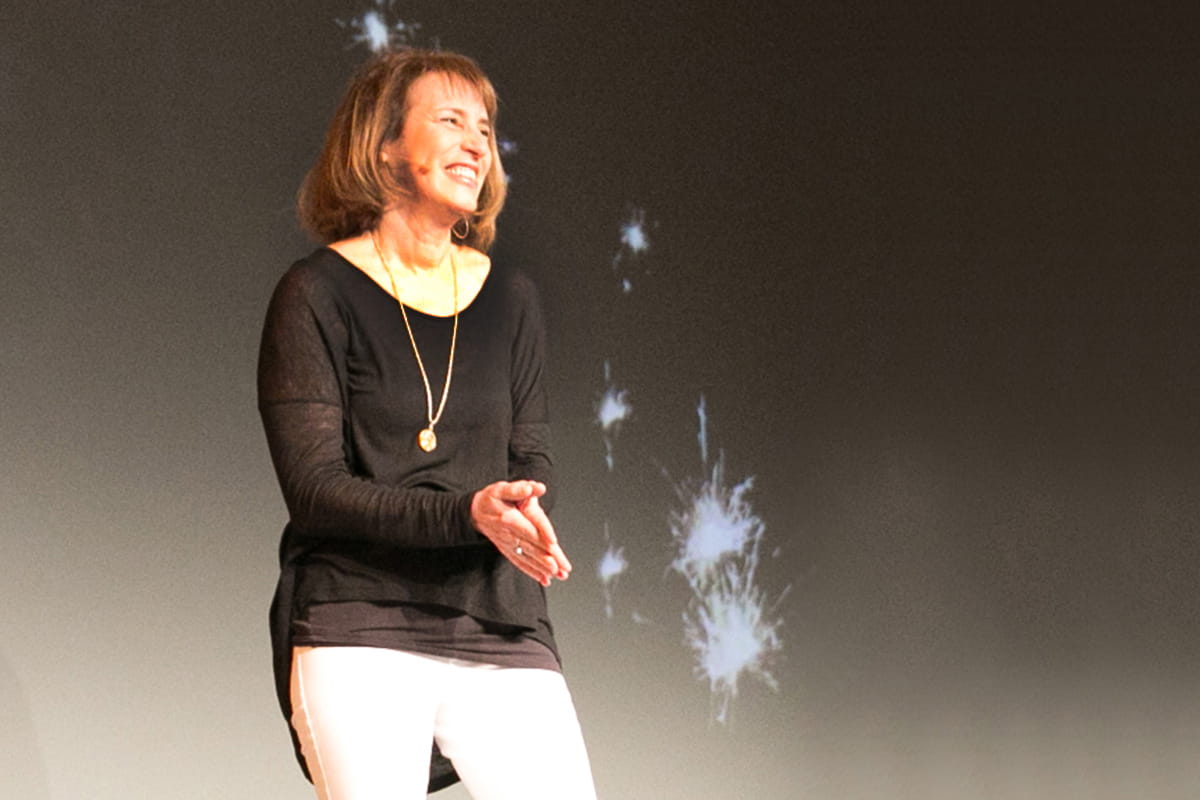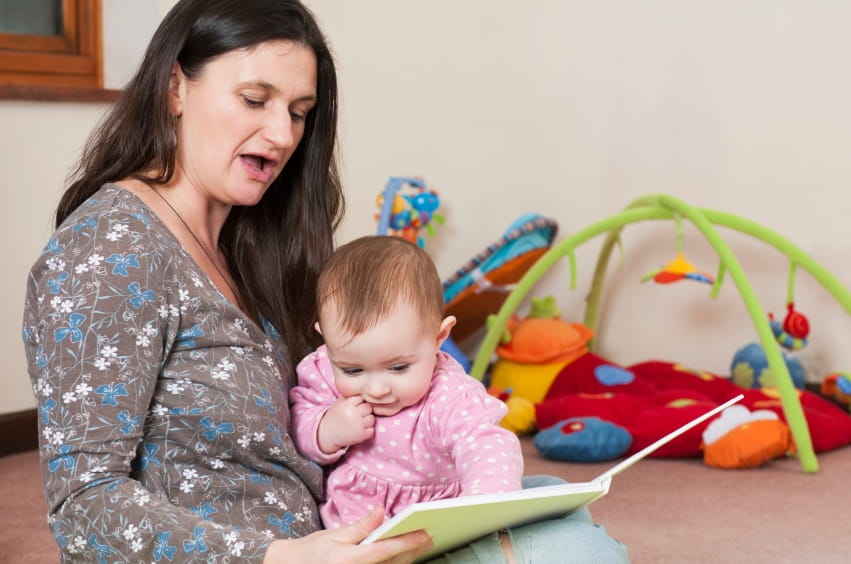Dr. Yalow on Bridging the "Word Gap" in the Classroom and at Home

Learning language begins well before a child forms his or her first words, which is why exposure to words and language from infancy is a central part of what we do in our early childhood learning centers. That’s why Dr. Elanna Yalow, Vice Chair and Senior Advisor at KinderCare Learning Companies, is so passionate about providing all children the best possible access to language learning.
Here, Dr. Yalow talks about the word gap—and how we’re working in the classroom to help the youngest children develop a lifelong love of learning.
1. What exactly is the word gap?
The word gap is the difference in exposure to language among children from different socioeconomic backgrounds. In the United States, children growing up in professional homes hear over three times as many words as children from lower income families.
Over time this difference means that by the age of three a child from a more advantaged home has heard 30 million more words than a child from a lower income family, making that child better able to grasp the fundamentals of reading and better prepared to enter school.
2. Why has the word gap become a national priority?
Addressing this word gap is critical if we are to close the broader achievement gap for children entering kindergarten and beyond. We cannot expect our children to achieve their full potential when so many arrive at school already behind their peers.
In October of 2014, I was proud to represent KinderCare Learning Centers at a White House workshop where we shared best practices about how we can help children whose limited language exposure at an early age hampers their ability to succeed in school and later life.
This issue is something that we can address and solve, but only if parents, early learning professionals; and federal, state, and local agencies work together and share their expertise.

3. Let’s talk about those youngest learners: babies. How do our centers build language learning in, say, a 3- to 9-month-old baby?
All children benefit from a language-rich environment, so even in our infant rooms you’ll find teachers reading and talking to babies. When a baby reaches for a toy, our teachers may say to the baby, “Would you like the block? This is a red block. Let’s play with the red block together.” The teacher is introducing the baby to the name of the toy and describing it. Instead of merely giving the child a toy, we are actually stimulating the development of the circuits in the child’s brain and exposing the child to new words. Reinforcing those lessons helps children associate objects with words.
4. What about children who are just beginning to talk? How do we encourage language learning at such an early age?
When children begin to talk, we want to help them learn to use their new-found skills to communicate with others. While reading a book to children, teachers should point out connections between the story and things children are familiar with. For example, the teacher might say, “Galvin the Bear likes to eat honey. What do you like to eat?” Our teachers then build on each child’s response.
5. What is the most important thing that a parent can do to help children learn language at home?
Parents are children’s first and most important teachers in helping them develop their language skills. As a parent, one of the best things you can do is use every opportunity to expose your child to language. You can do that by reading to your child, telling stories, pointing out letters, and describing the world around them. Every time your child hears you speak, when you read to them, or when you just talk with them about what you are doing, you are building language and literacy skills and helping to give your child the best start in life.



.jpg?la=en&h=800&w=1200&hash=799F5BD6E84A71FB0D1C8E657FE7F226)
